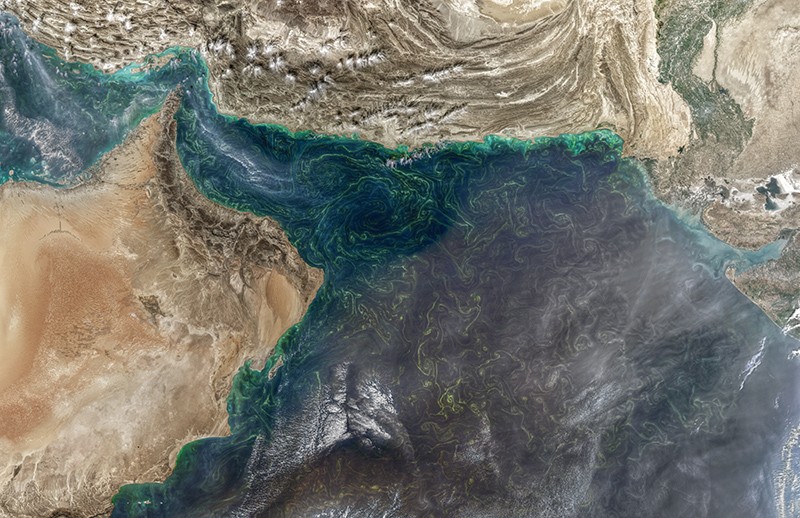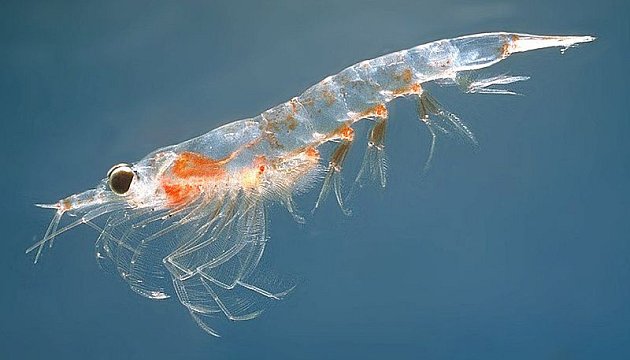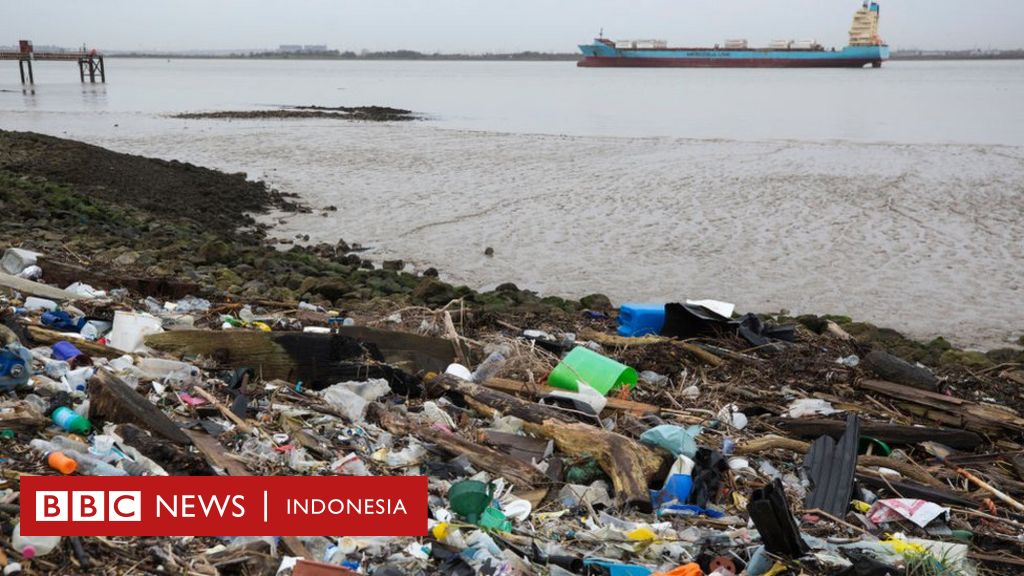- Photographer Warren Baverstock, 49, hung a single light off the back of a boat to attract the phytoplankton
- It attracted an 11.4ft juvenile whale shark, which he captured rising to the surface to eat the plankton tornado
- Warren said that the photos - taken off the coast of Djibouti - show behaviour that he has never seen before
This is the incredible moment a whale shark gulped down a never-before-photographed 'tornado' of plankton.
Warren Baverstock, 49, hung a single light off the back of a boat to attract the phytoplankton that the huge fish love to eat - and then waited patiently out in the dark ocean.
He was delighted when a 11.4ft juvenile whale shark rose from the depths to gobble up the plumes of gathering food, and he hopped in to capture silhouetted by the light.
Warren Baverstock, 49, hung a single light off the back of a boat to attract the phytoplankton that the huge fish love to eat - and then waited patiently out in the dark ocean. He was delighted when a 3.5m juvenile whale shark rose from the depths to gobble up the plumes of gathering food, and he hopped in to capture silhouetted by the light
Baverstock was astonished to witness the microscopic plankton display shoaling behaviour and spiral into a 4m tornado of 'fish food' off the coast of Africa. Pictured: The enormous fish opening its huge jaws
Warren, from Devon, also captured an incredible photo of the whale shark rising below the swirling plume, with its enormous jaws parted as it feasted on the plankton
Warren, director of Aquarium Operations at the Burj Al Arab Hotel in Dubai, took the photos during his fifth trip to study whale sharks in Djibouti, on the Horn of Africa. He said: 'Just getting the whale shark was totally amazing'
Warren traveled to the Gulf of Tadjoura with a group of researchers to study the spot where hundreds of whale sharks gather to feed between September and January
Baverstock was astonished to witness the microscopic plankton display shoaling behaviour and spiral into a 13ft tornado of 'fish food' off the coast of Africa.
Warren, from Devon, also captured an incredible photo of the whale shark rising below the swirling plume, with its enormous jaws parted as it feasted on the plankton.
The aquarium director said he has never seen or heard of this behaviour and speculates it is microscopic plankton being hunted by larger plankton.
Warren, director of Aquarium Operations at the Burj Al Arab Hotel in Dubai, took the photos during his fifth trip to study whale sharks in Djibouti, on the Horn of Africa.
The beautiful fish was spotted off the coast of Djibouti on the Horn of Africa
He said: 'Just getting the whale shark was totally amazing. The people on the boat were really wanting to get in too.
'But to see that tornado, it was the icing on the cake.
'To have the whale shark, with the cloud, was amazing, but then to see and then capture it with this spiraling tornado of plankton was just incredible.
'I was expecting to attract the plankton but had never seen that kind of behaviour. I don't know if it is natural behaviour.
'If you look very carefully, you can see all that microscopic plankton is almost pink.
'It is possible that because of the presence of even microscopic predators, that was causing the smaller plankton to tornado, as a shoaling affect.
'I took from this that in fact different types of plankton with the microscopic plankton being hunted by larger types of plankton.
'We an only assume this is the case, because this tornado affect is not something I have ever witnesses before.'
Warren traveled to the Gulf of Tadjoura with a group of researchers to study the spot where hundreds of whale sharks gather to feed between September and January.
Hoping for a 'dream shot' of the animal feasting, he moored a boat 100m from the shore in the middle of the night, and suspended an LED light from the gangplank.
It attracted phytoplankton, which are attracted to the light, and in turn draw in bigger predators that prey on them.
On the third night a whale shark approached, but when Warren got into the water with his camera kit, it moved away.
He jumped in and waited for more than an hour, hoping it would return.
'I was in the water in the pitch black and felt really vulnerable and quite scared,' he said.
'When you drop down into the water you can see the shaft of light from the boat, but that's it.
'I'm sure there are other predators around, and whale sharks aren't the only sharks in that area.'
After one hour and 15 minutes the beast returned, this time totally distracted by the swirling tornado tower of plankton, which it swooped up to eat, for ten to 15 minutes.
On the third night a whale shark approached, but when Warren got into the water with his camera kit, it moved away. He jumped in and waited for more than an hour, hoping it would return
After one hour and 15 minutes the beast returned, this time totally distracted by the swirling tornado tower of plankton, which it swooped up to eat, for ten to 15 minutes
Hoping for a 'dream shot' of the animal feasting, he moored a boat 100m from the shore in the middle of the night, and suspended an LED light from the gangplank
The whale shark is the world's largest known fish. It originated about 60 million years ago. The majestic animal is most often found in tropical waters and can live for about 70 years on average
Warren added: 'With the bad publicity that sharks get world wide, this shows that not all sharks are fierce predators that humans should fear - some are gentle giants'
These stunning shots show the shark from above water as it approaches the surface to catch its meal. Photographer Warren said: 'I managed to capture a unique moment which otherwise would never be seen'
The aquarium director (pictured) said he has never seen or heard of this behaviour and speculates it is microscopic plankton being hunted by larger plankton
He took the photos by free diving down, and shooting from under the whale, having to dive deep in order to get the whale, plankton and light in the same shot.
He added: 'These photographs are special in such that they were shot using available light, of which there was barely any.
'I managed to capture a unique moment which otherwise would never be seen.
'With the bad publicity that sharks get world wide, this shows that not all sharks are fierce predators that humans should fear - some are gentle giants.'



/data/photo/2018/03/16/3372628806.jpg)
/data/photo/2014/10/06/1345198shutterstock-88913350780x390.jpg)




